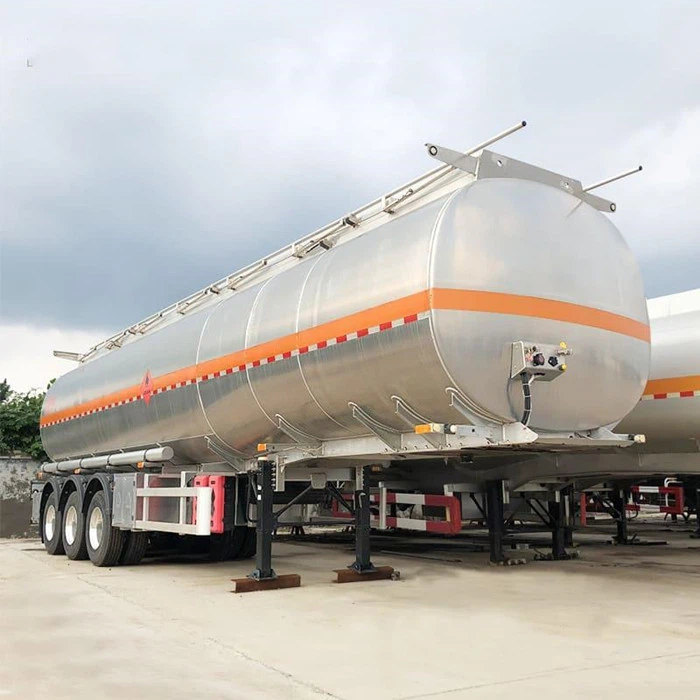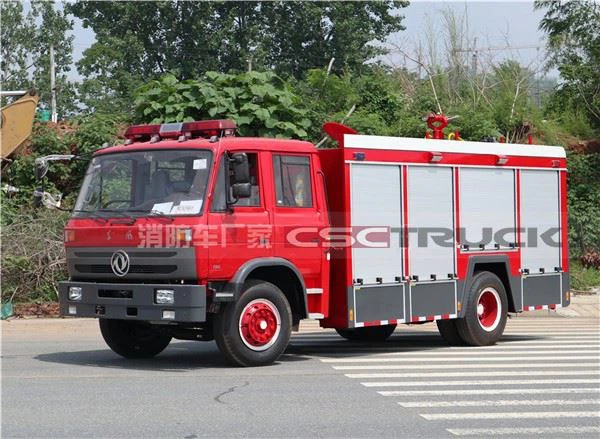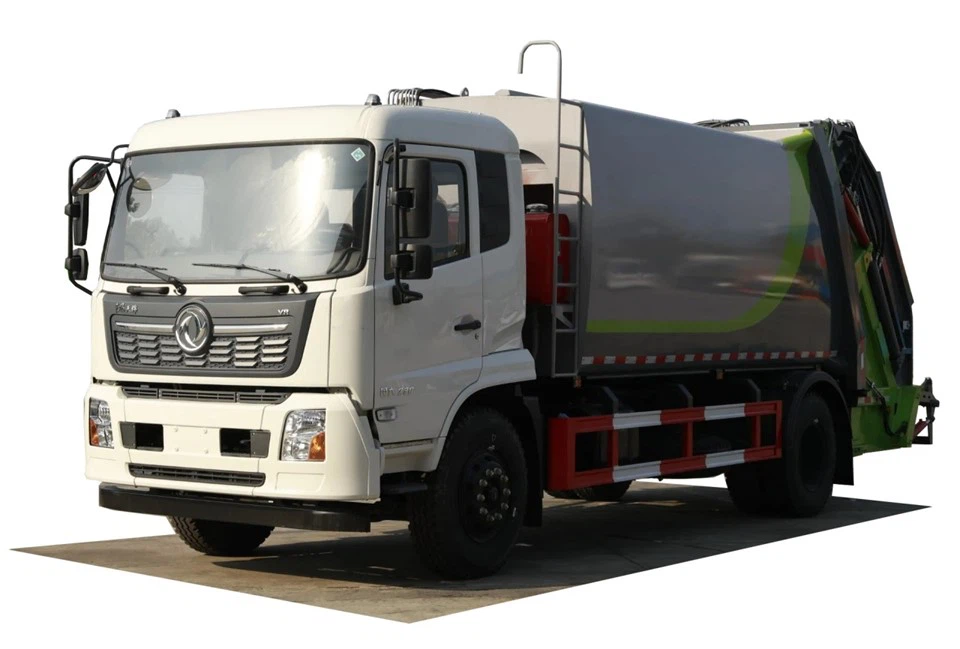Model Trash Trucks: A Comprehensive Guide to Understanding and Choosing the Right One

In our modern world, waste management plays a crucial role in maintaining cleanliness and environmental health. Model trash trucks are at the forefront of this industry, showcasing innovation and efficiency. Understanding the different models, features, and specifications is essential for municipalities, waste management companies, and even hobbyists interested in model trucks. This article will explore various aspects of model trash trucks, including their types, features, purchasing considerations, and maintenance tips.
What are Model Trash Trucks?
Model trash trucks are miniature or scale representations of real-life waste collection vehicles. They are typically used by collectors, hobbyists, or educational institutions to teach about waste management systems. These models can vary in size, design, and mechanism, mimicking the functionalities of their full-scale counterparts.
The Importance of Model Trash Trucks
Model trash trucks serve several purposes:
- Educational Value: They educate individuals, especially students, about waste management and its significance.
- Collectors’ Items: Many people enjoy collecting these models for their creativity and craftsmanship.
- Engineering Insights: They provide insights into design and mechanics that can inspire young engineers.
Types of Model Trash Trucks
Model trash trucks can be categorized based on various criteria such as size, manufacturer, and functionality. Here are some common types:
1. Scale Models
Scale models replicate real trash trucks in a smaller format and are often used for display or educational purposes. Common scales include 1:18, 1:43, and 1:64.
2. Remote-Controlled (RC) Models

RC models allow users to control the truck’s movements using a remote. They often include features such as dumping mechanisms and sound effects, making them popular among children and hobbyists.
3. Die-Cast Models
Die-cast models are made from metal and are durable and highly detailed. They are popular among collectors due to their realistic appearance and build quality.
4. Plastic Models
Plastic models are usually easier to assemble and are often sold as kits, allowing users to build their trash trucks from the ground up. These models are great for educational purposes.
5. Custom Models
Custom models are tailored to specific designs or brands and often feature unique adaptations, making them popular for enthusiasts wanting something unique in their collection.
Key Features to Consider in Model Trash Trucks
When purchasing a model trash truck, consider the following features:
1. Build Quality
The durability of a model is vital, particularly if it’s intended for play. Look for trucks made from high-quality materials, whether metal or plastic.
2. Detail and Design
Pay attention to the level of detail in the model. Authentic features such as painted logos, working lights, and realistic moving parts can enhance the overall experience.
3. Scale and Size

Choose a scale that suits your needs. Larger models can be more visually impactful, while smaller ones may be easier to store and display.
4. Movement and Features
For RC models, check for battery life, range, and the range of movements. For static models, inspect any moving parts like dumping mechanisms.
5. Price and Collectibility
Model trash trucks can vary significantly in price. Consider your budget and whether you want a model for play, display, or collection.
Where to Purchase Model Trash Trucks
Shopping for model trash trucks can be an enjoyable experience. Here are some popular sources:
1. Local Hobby Shops
Visit local hobby shops that specialize in model kits. Staff can provide information and recommendations suited to your needs.
2. Online Retailers
Several online platforms, such as Amazon, eBay, and specialty retailers, offer a wide variety of model trash trucks. Look for reviews to ensure quality.

3. Collectible Shows and Expos
Attending collectible shows provides chances to find rare models and connect with other enthusiasts.
4. Manufacturer Websites
Many manufacturers have online stores where you can buy models directly. This can also provide access to limited editions or exclusive releases.
Maintaining Your Model Trash Truck
To preserve the condition of your model, follow these maintenance tips:
1. Regular Cleaning
Use a soft cloth to wipe down models and remove dust. Avoid using harsh chemicals that can damage the finish.
2. Handle with Care
When displaying or playing with your model, handle it gently to avoid breaking small parts.
3. Store Properly
Store models away from direct sunlight and extreme temperatures to prevent fading and deformation.
4. Repairing Damage
If your model incurs damage, consider using super glue or contacting a professional for repairs to restore it to its original condition.
Practical Examples
1. A Local Municipality’s Fleet
A local municipality may invest in model trash trucks to educate schools on environmental safety. By using scale models during presentations, educators can visually demonstrate how waste is collected, processed, and managed.
2. Hobbyist Collections
Many hobbyists enjoy showcasing their collections at conventions, where they share insights about different models and their own modifications. For instance, a collector might have a custom-painted model reflecting a local waste management company.
3. Interactive Exhibits
In some museums, interactive exhibits utilize models to engage visitors, allowing them to simulate waste collection processes using remote-controlled models, teaching the importance of recycling and proper waste disposal.
Popular Brands of Model Trash Trucks
Here are some well-known brands in the model trash truck industry:
| Brand | Type of Models | Notable Characteristics |
|---|---|---|
| Matchbox | Die-cast | Colorful designs, affordable |
| Hot Wheels | Die-cast and RC | Unique styles, frequent releases |
| Diecast Models | Scale, collectible | Highly detailed, limited editions |
| Conrad | Die-cast | Premium quality, realistic features |
| Custom Models | All types | Bespoke designs, varied material use |
Frequently Asked Questions (FAQ)
1. What is the best scale for model trash trucks?
The best scale depends on your collection space and preference. Common scales like 1:64 are good for smaller displays, while 1:18 may offer better detail.
2. Can I modify my model trash truck?
Yes, many enthusiasts modify their models. Custom paint jobs, new parts, and added features can make your model unique.
3. How can I tell if a model is high quality?
Check for detailed workmanship, sturdy materials, and functioning moving parts. Reviews and recommendations can also guide quality assessments.
4. Are RC model trash trucks suitable for children?
Yes, many RC models are designed for children, but age recommendations should be followed to ensure safety.
5. How do I start a collection of model trash trucks?
Start by researching different types and brands. Attend hobby shops or collectible shows, and gradually build your collection based on your preferences.
6. Where can I find rare or discontinued models?
Look at online auction sites, collector forums, and dedicated collectible shows for opportunities to find rare models.
